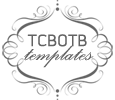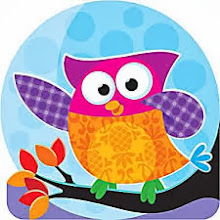In my studies I've learned a key tool that is modified are ways of communication. My style of teaching is based on the Whole Brain Teaching movement. This is a high energy and exciting way to access the full brain while learning and actively engage all learners. While exploring this during my coursework a great question was brought up..."What about students with communication difficulties?". I decided to look into how/if this style of teaching would present extra challenges. Many students with autism struggle with expressive communication. "Expressive communication involves sending a message to another person(s) to (a) make something happen or (b) stop something that is already happening.
Children and youth who are deaf-blind are able to express themselves in many different ways. Parents, siblings, and service providers must be responsive to their varied forms of communication. In addition, they must notice and encourage opportunities for expressive communication."(NCDB Products).
Many students with autism will have great difficulties expressing communication in a variety of facets. In the book, Teaching Communication Skills to Children with Autism, a plethora of examples and strategies are given. Students with autism may have difficulties reading social cues or facial expressions which is a large part of any communication person-to-person. Car with pictures or extra social contact and role playing am be a great strategy to show students appropriate means of communication. Another important aspect of communication in person is personal space. Students with autism may not realize how close they're getting while chatting or may not understand why it bothers people. This book addresses strategies for the as well. The book has various pictures, assessment tools, options, strategies, and difficulties you may come across. Every child is different and they will need help in different aspects of communication. One strategy to help children with autism to communicate are cards...
Break Cards -A visual aid to allow students to request a break from class to refresh mentally or physically.
Choice Cards- Another visual aid for students to pick an option. Great for students who need to see various options and have difficulties verbalizing what they'd like to do, eat, play, etc.
The website below is for the book I was able to find. It is full of strategies, picture examples, and fantastic information.
http://www.attainmentcompany.com/sites/default/files/pdf/sample/TCSWA_Sample.pdf



